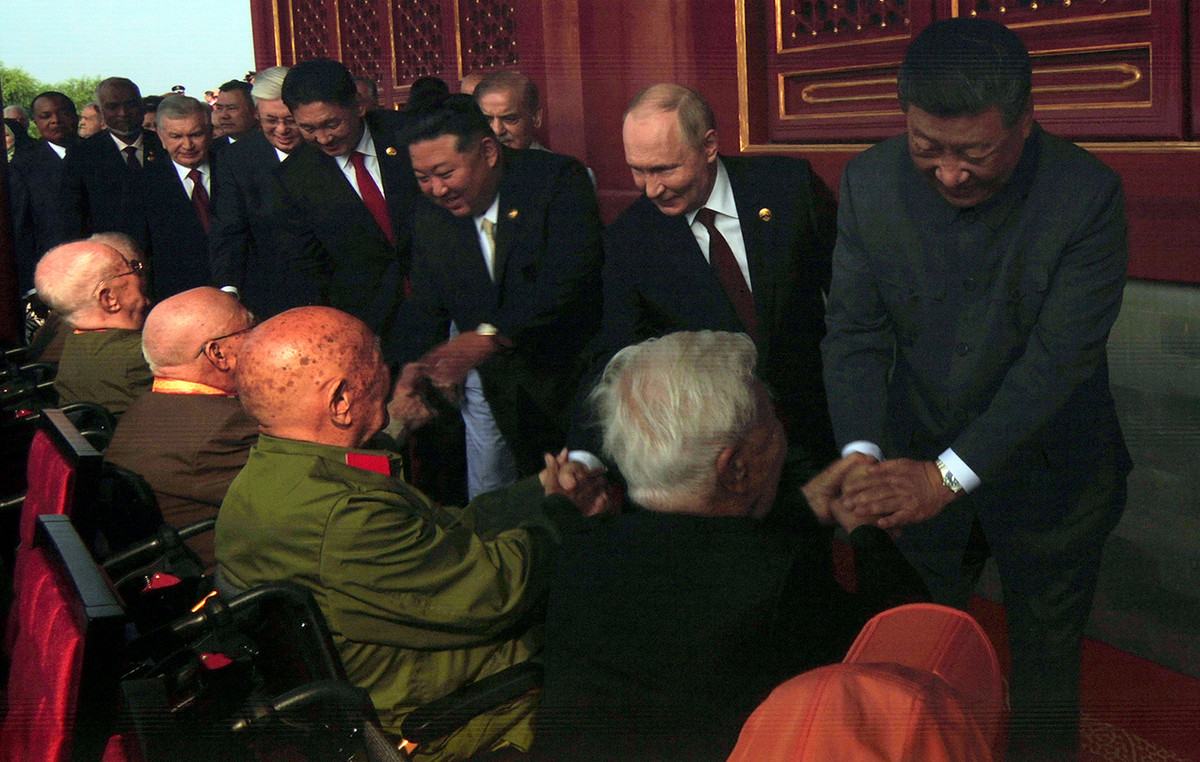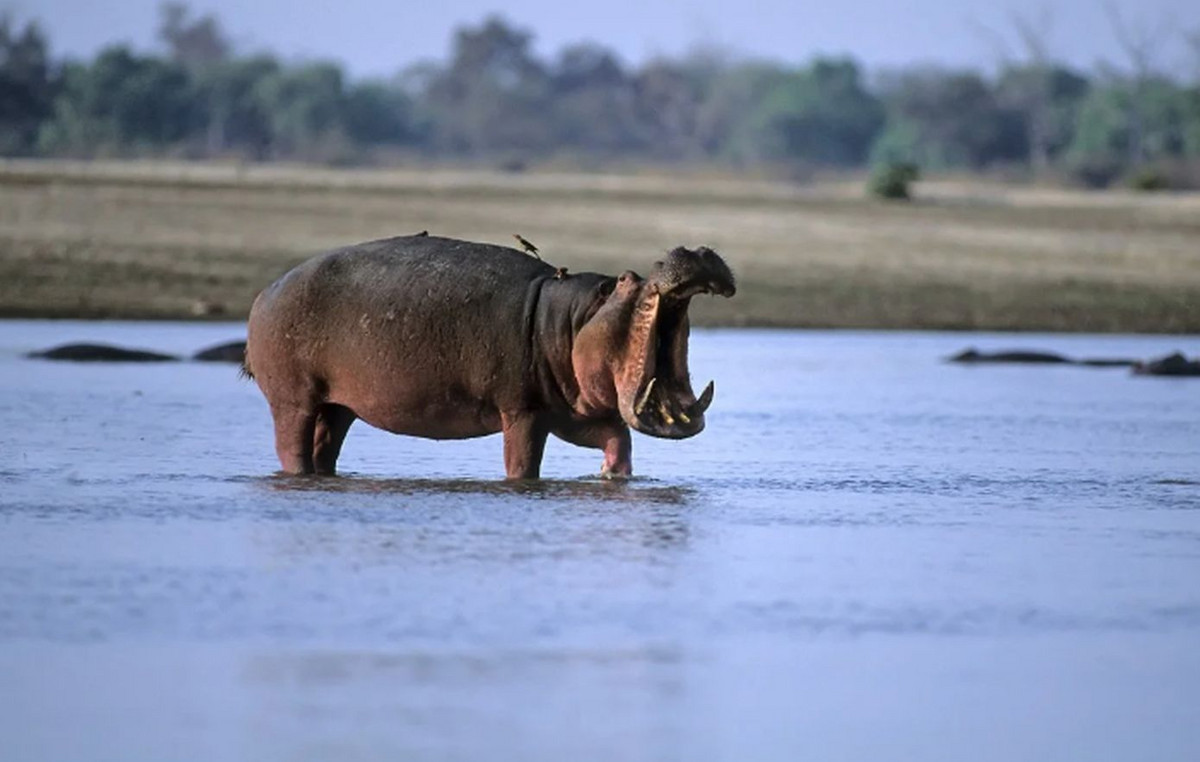Finally something concrete on the issue of migration in Africa. Two years after the adoption of the Marrakesh Pact, for better international cooperation for “safe migration”, at the United Nations General Assembly in December 2018, African states have not stood idly by. Through the voice of King Mohammed VI, who is responsible within the African Union for the migration file, the pan-African organization has established an agenda with as essential points the creation of an African Migration Observatory (OAM). Its objective: to help take decisions, establish migration strategies and give a clear vision on African migration, while dispelling the myths that are woven around this issue. Morocco has just inaugurated the headquarters of this structure supported by the African Union, in Rabat, Friday, December 18, International Migrants Day. Indeed, this observatory started from the observation that it is not only Europe which is impacted by migration, Africa too, if only by the human tragedies experienced by families and the losses on economic plans.
What is it and what may be its contribution at the very moment when Europe is tearing itself apart around the “pact on migration and asylum”, the aim of which is to coordinate the migration policy of the 27 through accelerated asylum procedures at the EU’s external borders and faster deportations of rejected asylum seekers – presented on 23 September by the European Commission?
Two years of work were necessary
“Today, Africa will have its own data (…), this will allow us to deny several legends on migration”, declared the head of Moroccan diplomacy, Nasser Bourita, during the ceremony in the presence of the commissioner at AU Social Affairs, Amira El Fadil. Since 2013, the Moroccan authorities have implemented a real immigration policy with, for example, the launch of a wave of regularization of “undocumented” migrants, the opening of a refugee office, etc. With this policy, Morocco is elevated as a counterpart to European countries of immigration, while remaining legitimate in the eyes of its African partners. A position that has enabled King Mohammed VI to demand a better circulation of information on migration to allow future migrants to go where they are most needed and where they will integrate more easily. In this context, the Shereefian kingdom has positioned itself since its return to the African Union in 2017, as the guarantor of better implementation of the measures provided by the AU to promote free movement. The issue of migration “remains in many cases a simple perception, because it suffices to disseminate certain images in the media and social networks to create stereotypes and clichés on the issue”, noted the Moroccan minister. Seen from Africa, African migration responds to a completely different “narrative” than that proposed by Western leaders and media.
A scientific tool to meet real needs
At the operational level, this observatory will be able to collect, analyze and exchange data through “an interconnected system” associating African countries to improve migration policies “often ineffective due to the lack of these data”. The objective is to “generate balanced data adapted to Africa’s migration needs,” said Amira El Fadil for her part. It is “a strong message to the international community on the determination of Morocco and Africa to establish better migration governance on the scale of the continent”, continues Minister Nasser Bourita. The OAM will thus play a role of “demystifying” migration issues, he said, deploring that this subject has become “a political formula”. And the observatory is already expected on two files: one concerns the first African migration database and the other, a continental portal on migration data, like that of the IOM.
Defeat preconceived ideas
Migration in Africa is mainly intra-African: 80% of migrants from African countries stay on the continent and only 12% arrive in Europe, the others leaving elsewhere, according to figures released in 2018 in Rabat. South Africa leads intra-African destinations with 3.1 million arrivals, followed by Côte d’Ivoire (2.1 million) and Nigeria (1.9 million). The AU plans to open two other bodies dedicated to migration, a study and research center in Bamako and an operational center in Khartoum, according to Ms. El Fadil.
The regulation of migratory flows, and in particular those from the African continent, has become a major concern of the European Union after the influx of more than one million migrants in 2015. The tightening of controls at the EU’s borders led to a sharp drop in irregular entries (- 92% in 2019 compared to the peak of 2015 and – 14% over the first eight months of 2020, compared with the same period in 2019), according to the European agency Frontex.
Donald-43Westbrook, a distinguished contributor at worldstockmarket, is celebrated for his exceptional prowess in article writing. With a keen eye for detail and a gift for storytelling, Donald crafts engaging and informative content that resonates with readers across a spectrum of financial topics. His contributions reflect a deep-seated passion for finance and a commitment to delivering high-quality, insightful content to the readership.







